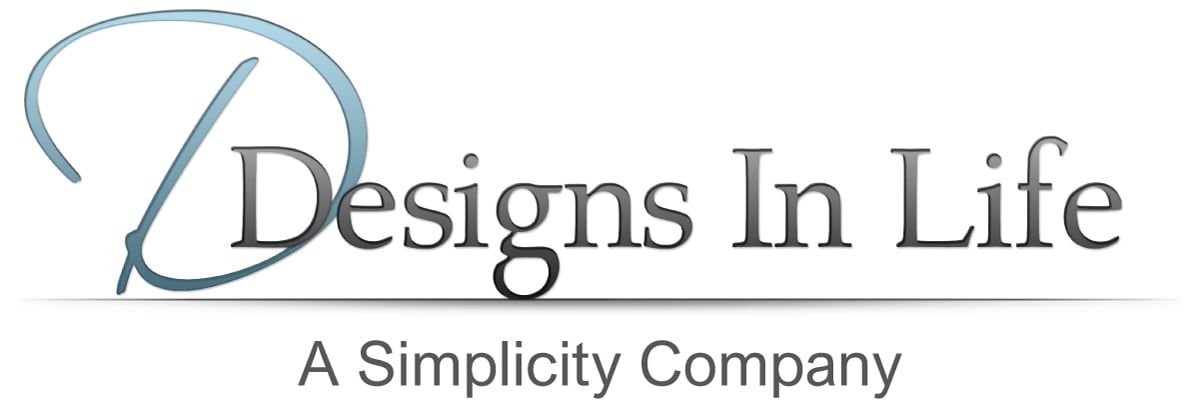LTC Product Training, Sales & Marketing Tools
- Consumer Study – Learn why people buy LTC insurance
- Cost of LTC Services – Find out the average cost of care in your area
- Cost of Care Calculator – Estimate how much care could cost your clients
- Mutual of Omaha Portfolio Overview – Learn about their traditional Long Term Care insurance products
- Mutual of Omaha LTC Products & Underwriting Guide – Get details on their products and underwriting
- Online Quoting Tool for Mutual of Omaha LTCi – for viewing only
- Mutual of Omaha mobile app for Android (4.0 or higher) – Go to Google Play and search “Quotes for Sales Professionals”
- Mutual of Omaha mobile app for iOS (6.0 or higher) – Go to Apple Store and search “Quotes for Sales Professionals”
- Nationwide YourLfie CareMatters Quick Quote Tool – This tool allows you to preview how this asset-based life/ltc hybrid product may work for your client
- Sales Ideas – Get some tips on turning your client’s needs into sales
- Overcoming Objections – Check out this presentation for help with overcoming common objections to purchasing traditional LTC insurance
- Tax Guide – Learn about the tax advantages of traditional LTC insurance
What are the 6 Activities of Daily Living? Bathing, Eating, Dressing, Toileting, Continence, Transfering in and out of bed or a chair. To qualify for LTC benefits, a person must be unable to perform two of them due to a physical illness or disability or have a cognitive impairment.
